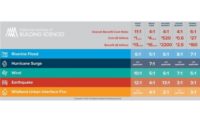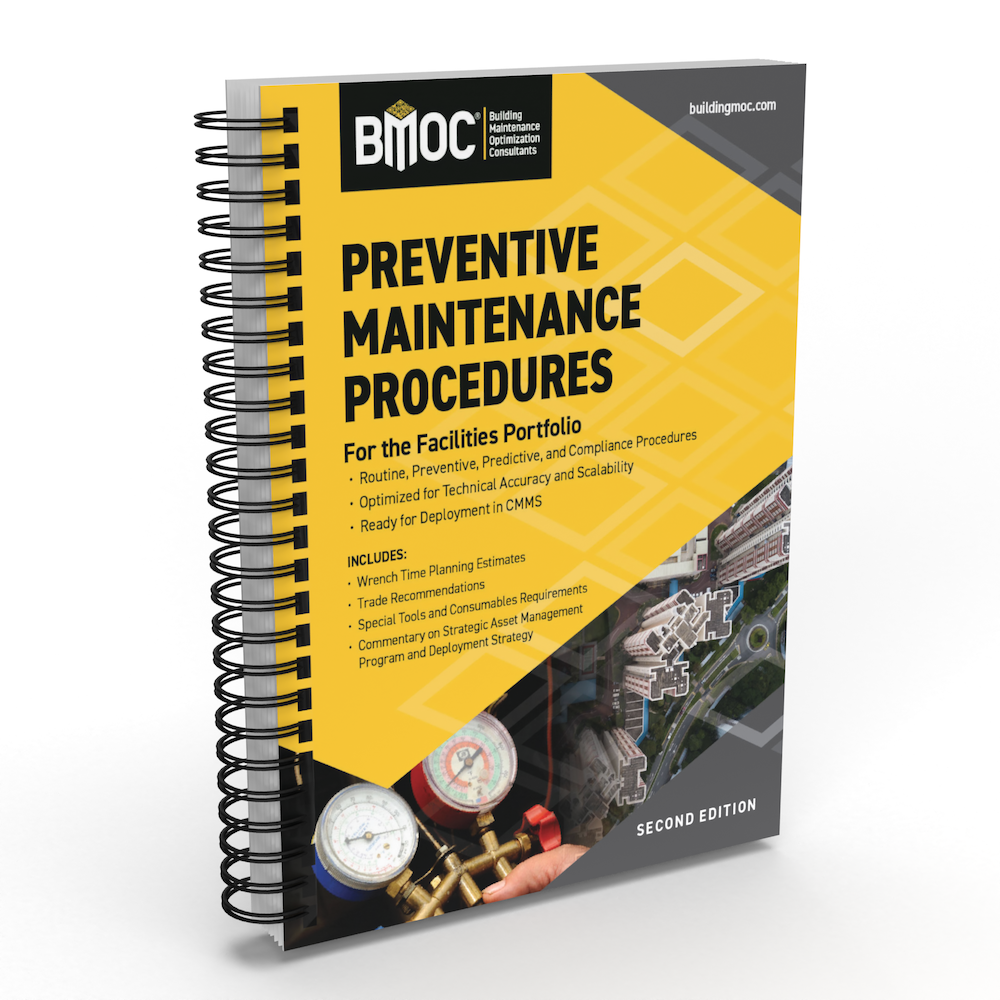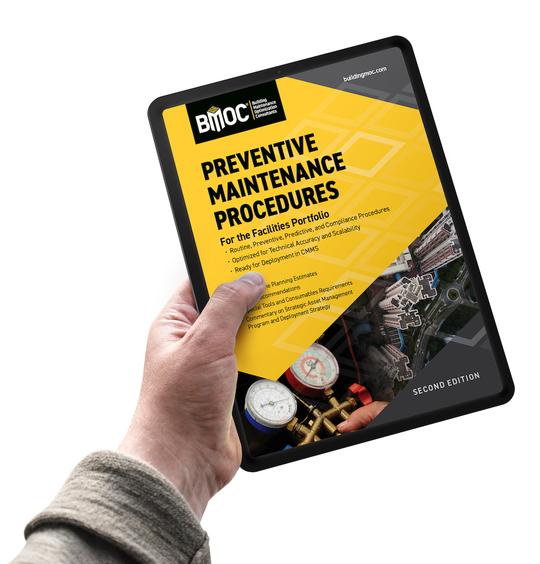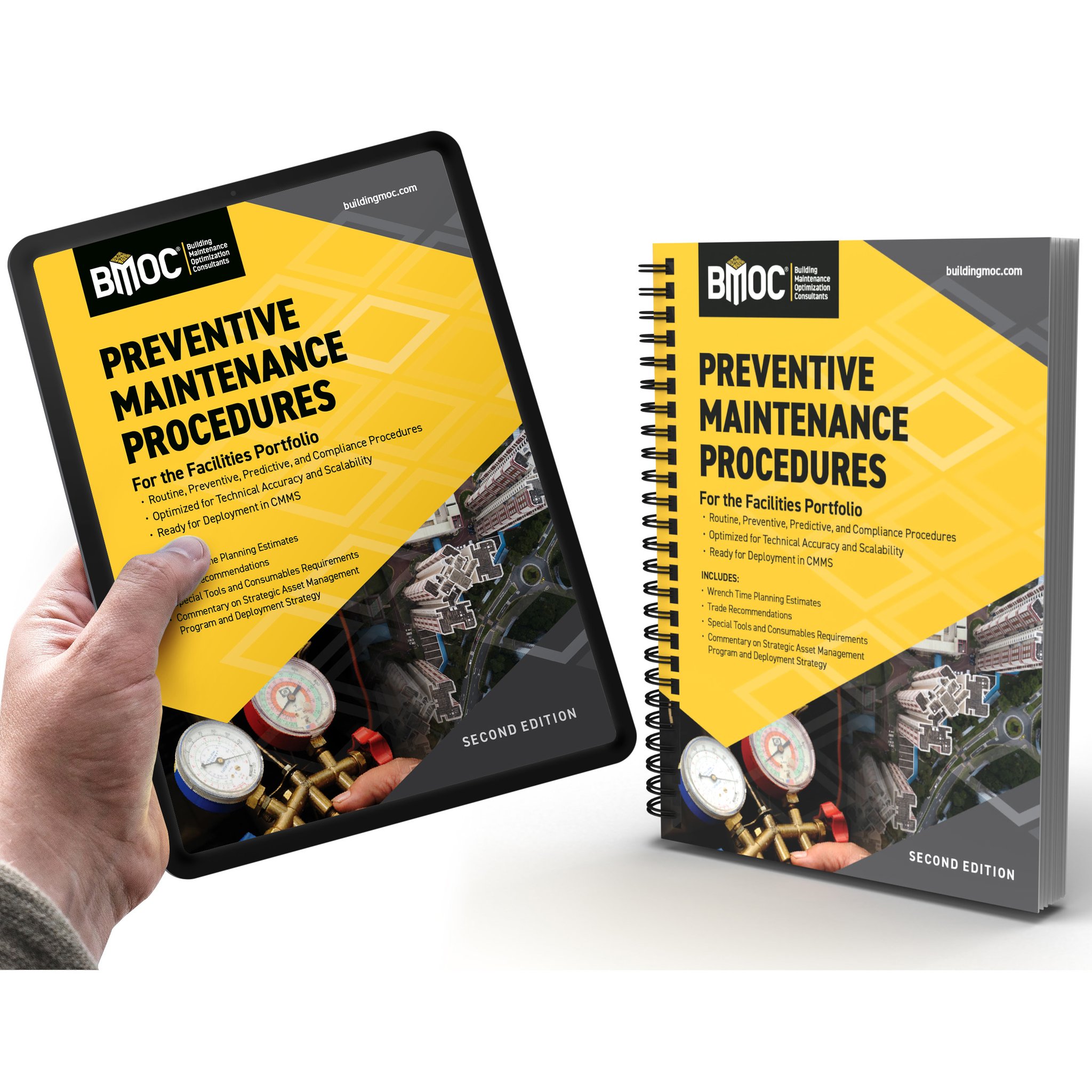NIBS and Fannie Mae Release Disaster Mitigation Roadmap

The National Institute of Building Sciences and Fannie Mae have developed the Resilience Incentivization Roadmap 2.0 on mitigation investment to help people in America prepare for and respond to natural disasters.
As disasters grow more frequent and destructive, preparing our infrastructure and communities for extreme weather is critical to protect lives and reduce economic losses. On a national average, natural hazard mitigation saves $4-$11 in avoided future losses for each $1 invested, as found by the NIBS Natural Hazard Mitigation Saves study.
“Climate resilience will be key to sustainable homeownership as the impacts of climate change increase,” said Tim Judge, Head of Modeling & Chief Climate Officer with Fannie Mae. “The roadmap provides tangible recommendations that the collective stakeholders can take to promote resilient investment that U.S. housing certainly needs.”
The Resilience Incentivization Roadmap 2.0 recently was unveiled at the NIBS Building Innovation conference in Washington, DC. The report was supported by the NIBS Multi-Hazard Mitigation Council’s Committee on Finance, Insurance, and Real Estate (CFIRE). It explores the investment opportunities by lenders, insurers, developers, owners, and government.
“We looked at the motivations, barriers, and innovative ideas from each stakeholder group,” said Dr. Jiqiu Yuan, Vice President of Engineering with NIBS. “The Resilience Incentivization Roadmap provides recommendations that would form the basis for real-world applications to create value for all stakeholders. Working together, we are looking for ways to move the needle, accelerate resilience investment, and create a more resilient economy.”
Background
NIBS extensively has studied natural hazard mitigation since 2005.
The Natural Hazard Mitigation Saves report offers a benefit-cost look at pre-disaster mitigation activities.
For example, hazard mitigation grants made by the Federal Emergency Management Agency, U.S. Economic Development Administration, and U.S. Department of Housing and Urban Development save $6 for every $1 spent. Furthermore, adopting the latest in building code requirements saves $11 per $1 invested, and the benefits of building retrofits translate into a $4 savings for every $1 investment.
In 2020, CFIRE published “A Roadmap to Resilience Incentivization,” calling for public and private incentives to owners of buildings and other infrastructure to facilitate the upgrade of existing infrastructure and better design of new infrastructure.
Learn more about CFIRE.
Looking for a reprint of this article?
From high-res PDFs to custom plaques, order your copy today!







